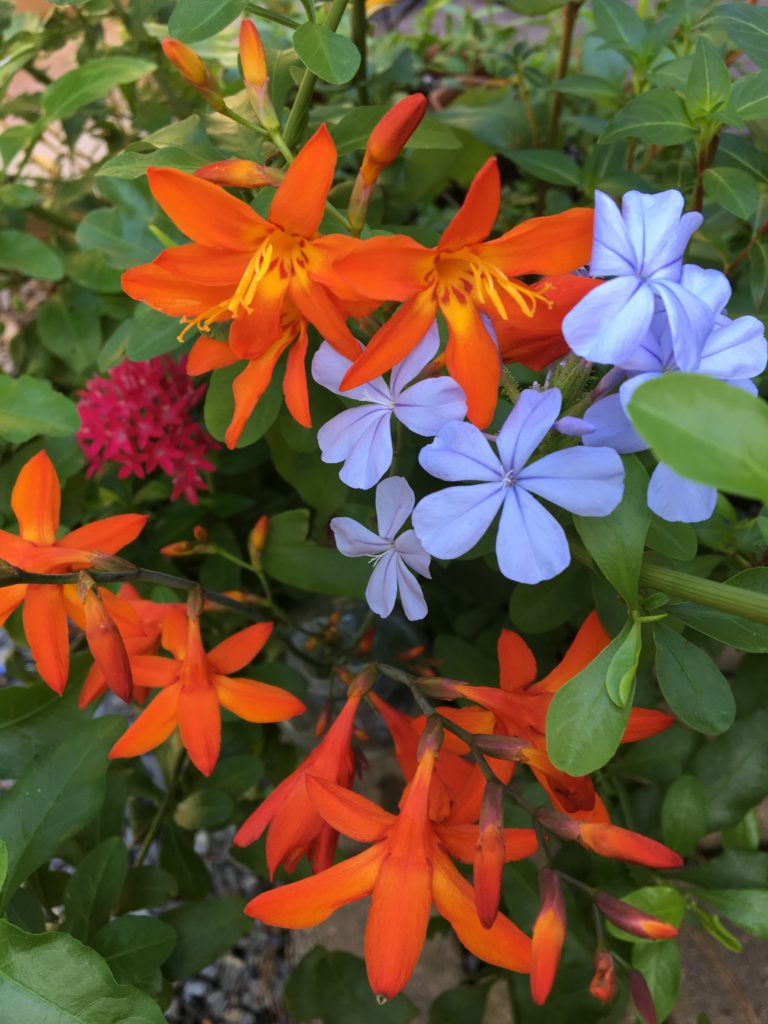
Although it’s a bit early to plant annuals here in zone 8, there are plenty of people, including me, checking out the flower displays at the local garden center this week. When you stop in to buy fertilizer, it only makes sense to walk through the plant aisles and look at all of those tempting blooms. Who can resist a glimpse of summer?
No matter the season, I see the same scenario: a shopper holding a plant and looking around trying to decide what to pair it with. This moment can be a little overwhelming in a garden center full of plants, especially for someone new to gardening.
I thought I would share some design ideas from my photo archives to get you started with your summer plant shopping. Here’s what I found:
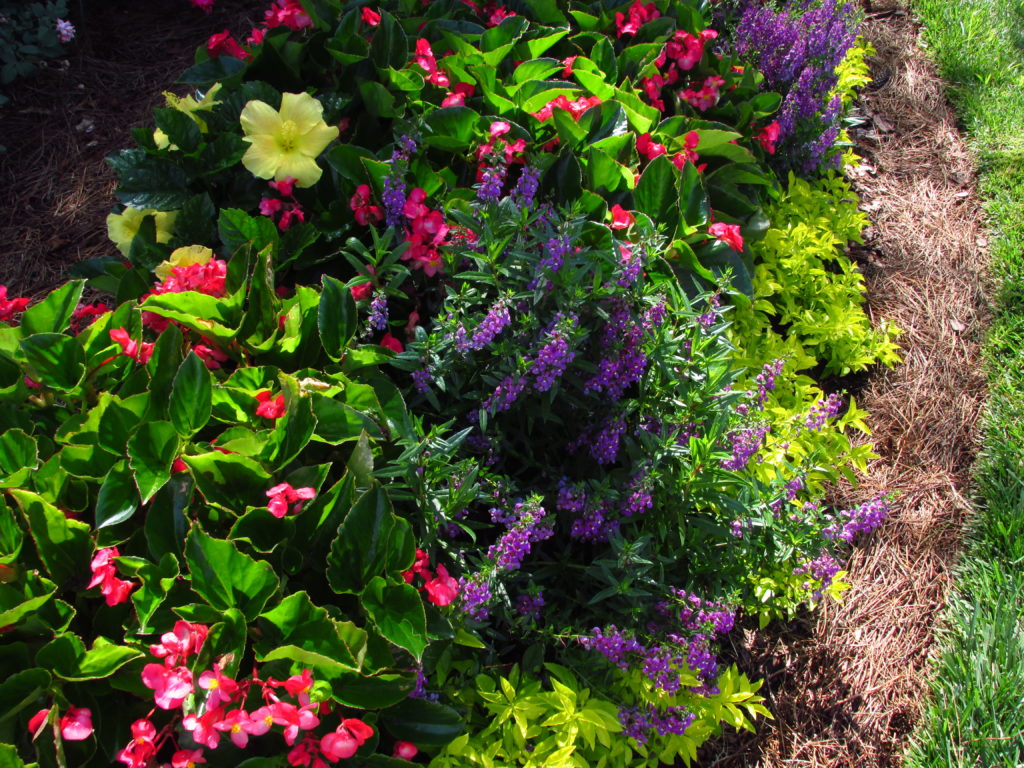
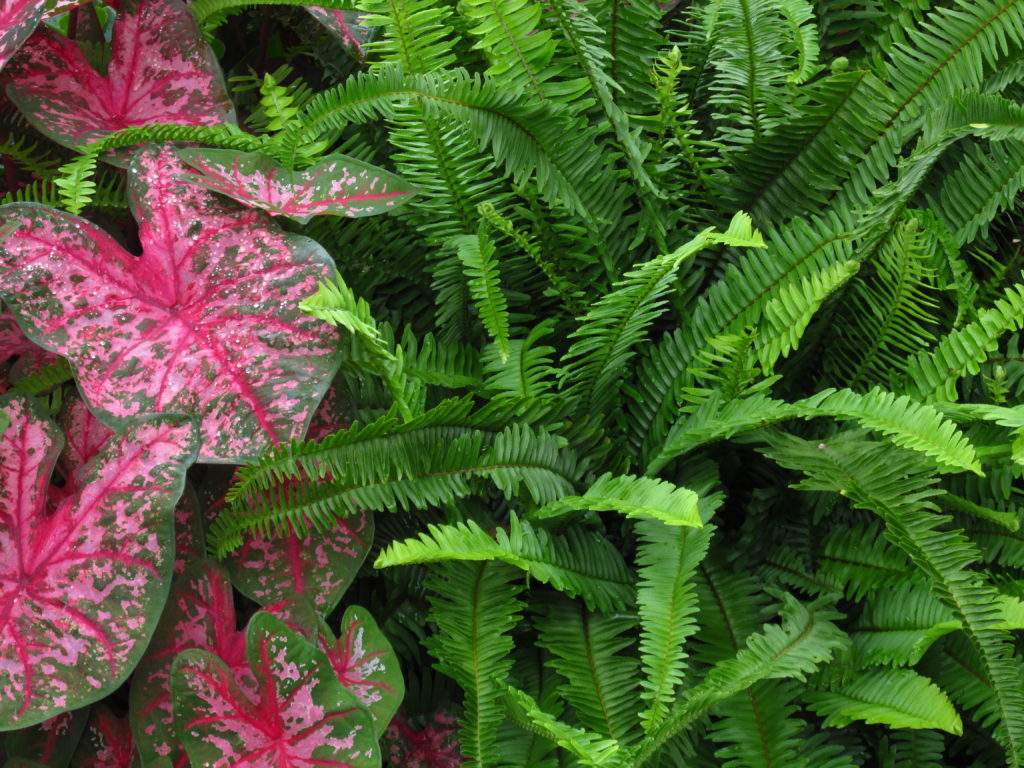
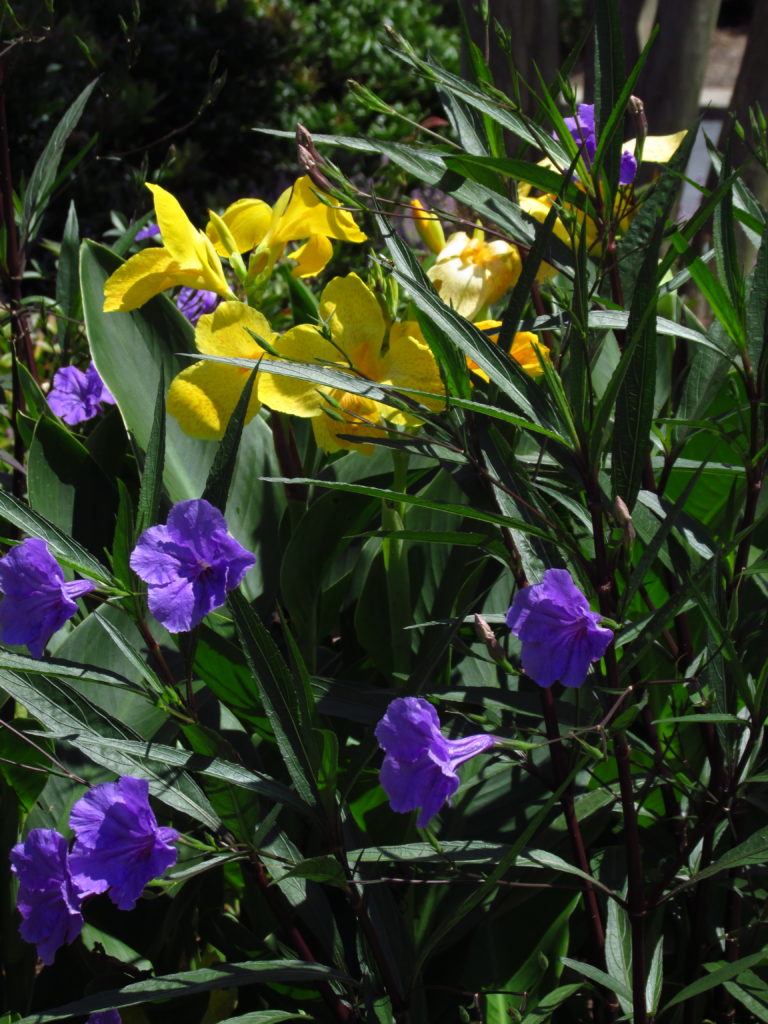
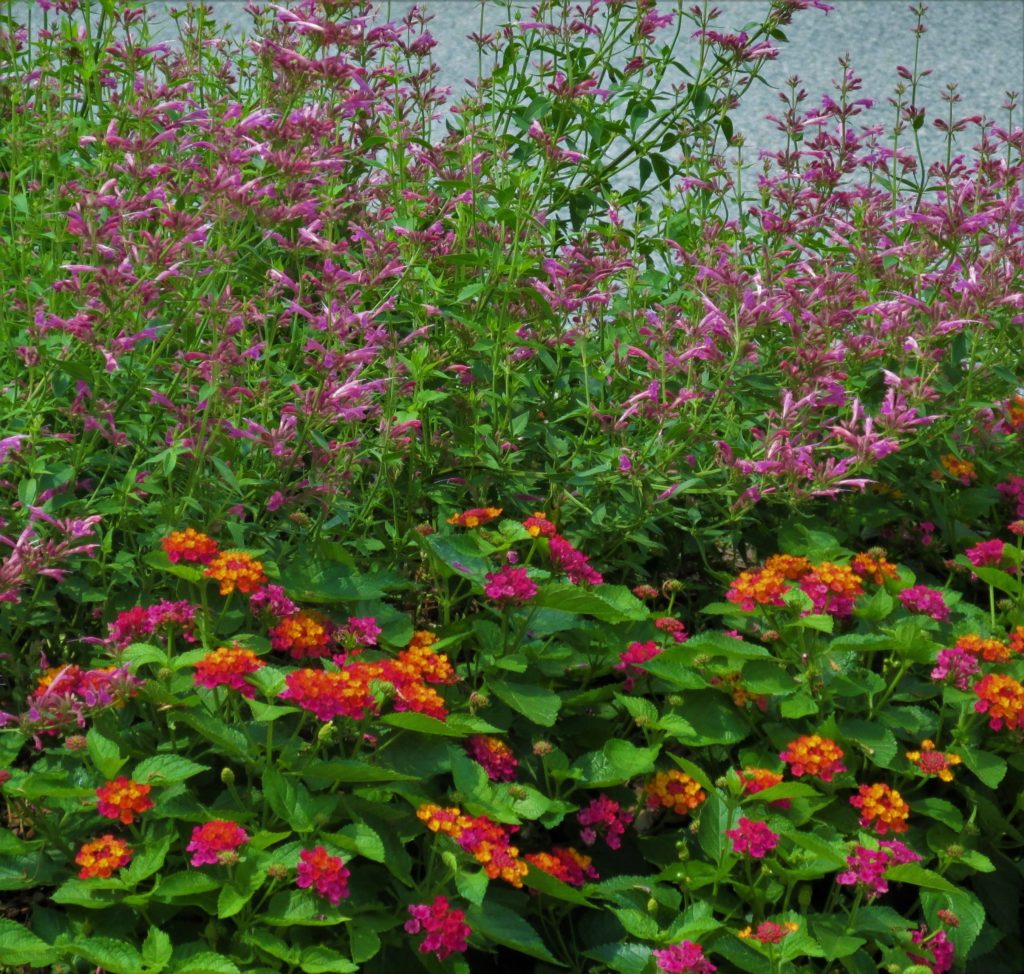
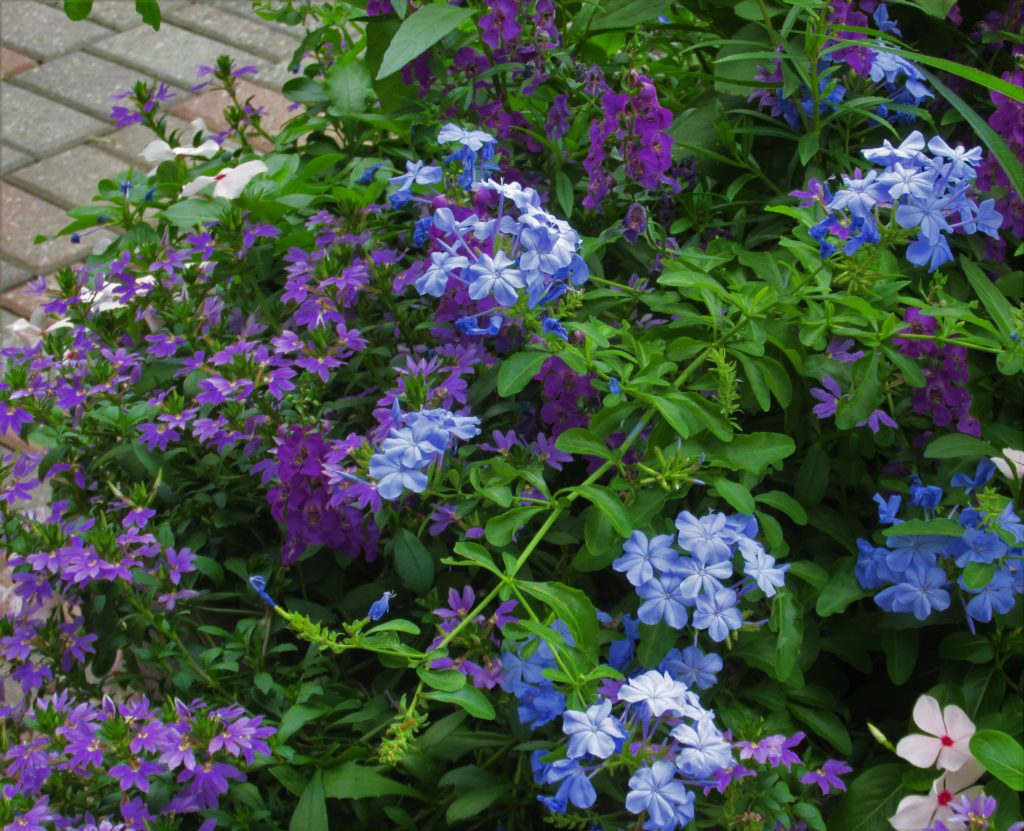
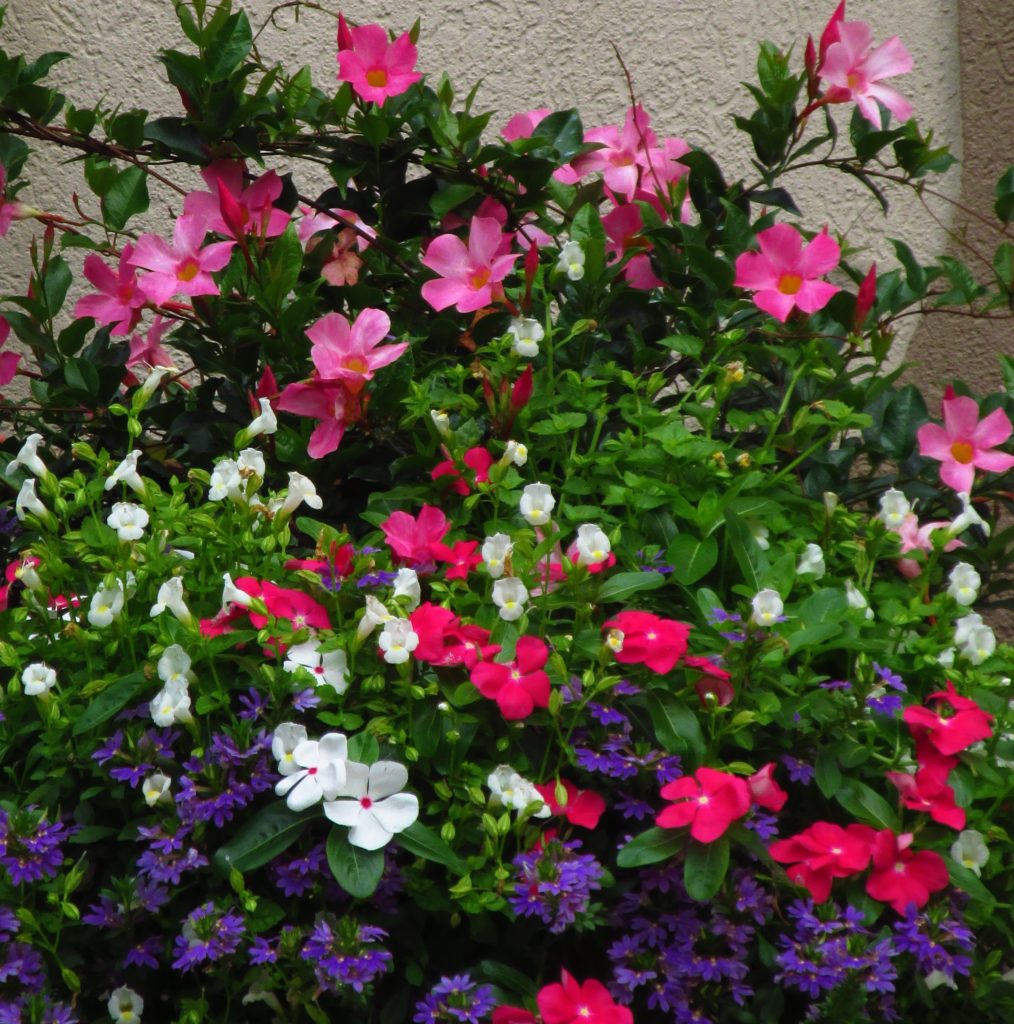
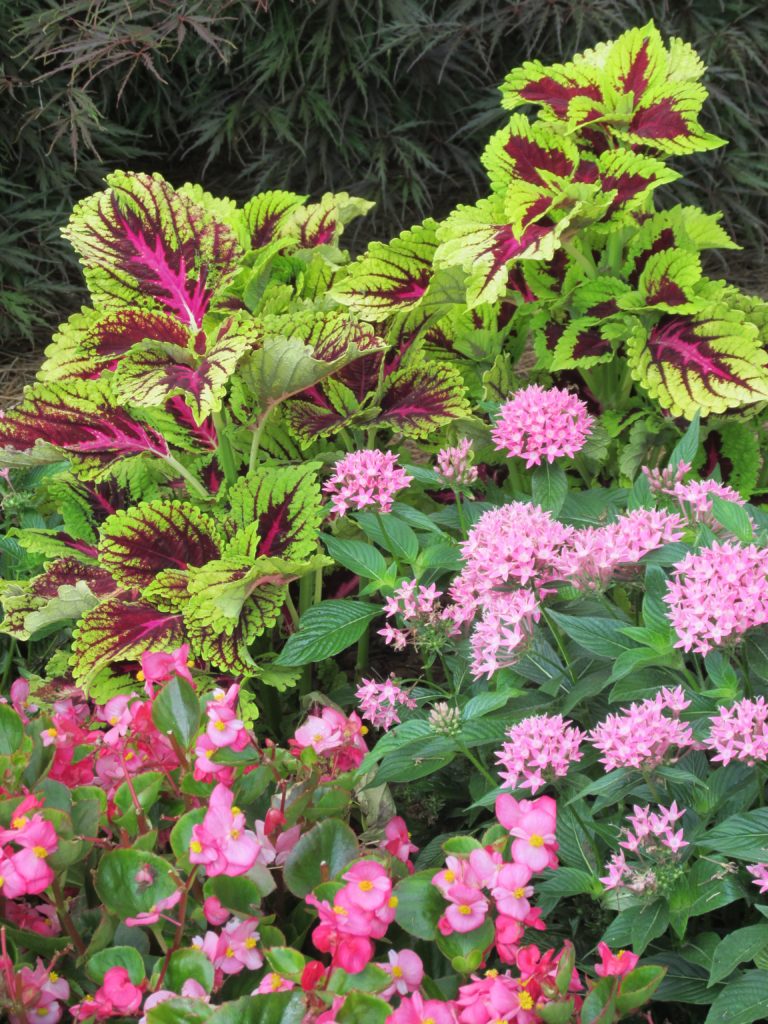
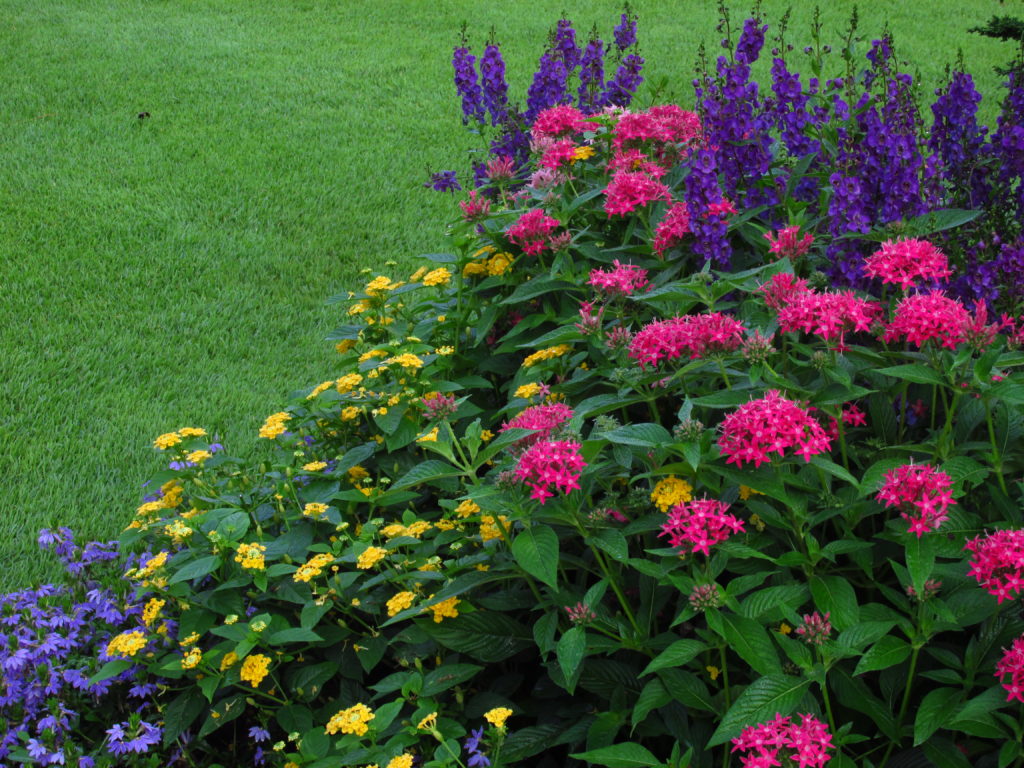
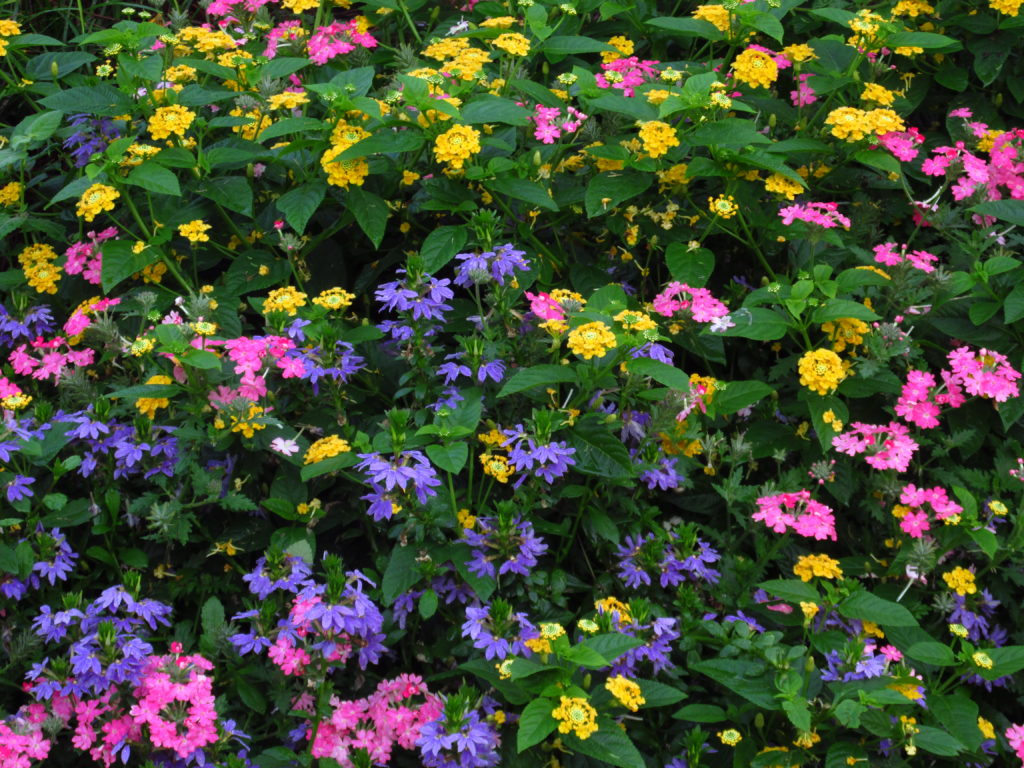
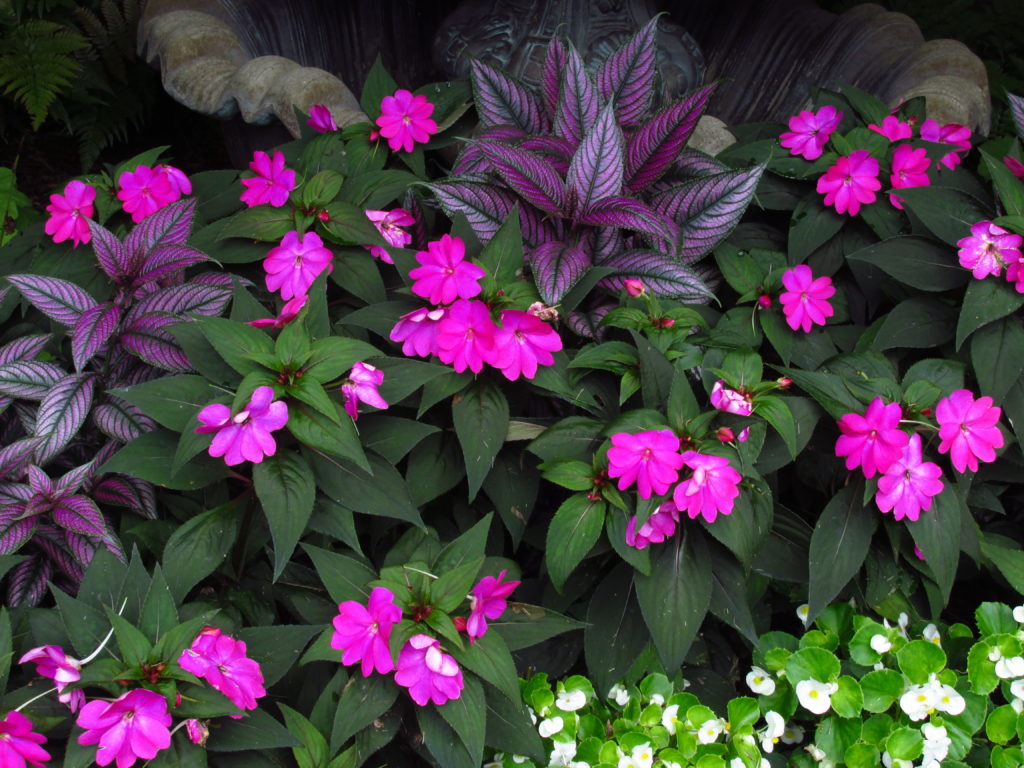
Tips:
By mid-April in zone 8 it will generally be safe to plant out summer annuals (although it’s always good to check your weather and be sure nightime temps are in the high 40’s or warmer). If you don’t know the average frost date for your area, check the web for your zip code before you buy to decrease the chance of cold damage to those tender blooms.
When pairing colors, remember that anything goes. You’re the artist, and the garden is your canvas. If you love bright purple, choose colors that are equally bright in saturation. Purple, fuchsia, acid green, and orange might sound garish, but they work because they are of equal intensity. If you love softer tones, try apricot, rose, soft blue, and pale yellow. White plantings will glow in moonlight or candlelight, perfect for a garden where you entertain on long summer evenings. Deep blue, red, and gold flowers are a classic combination for sunny areas.
Have fun!